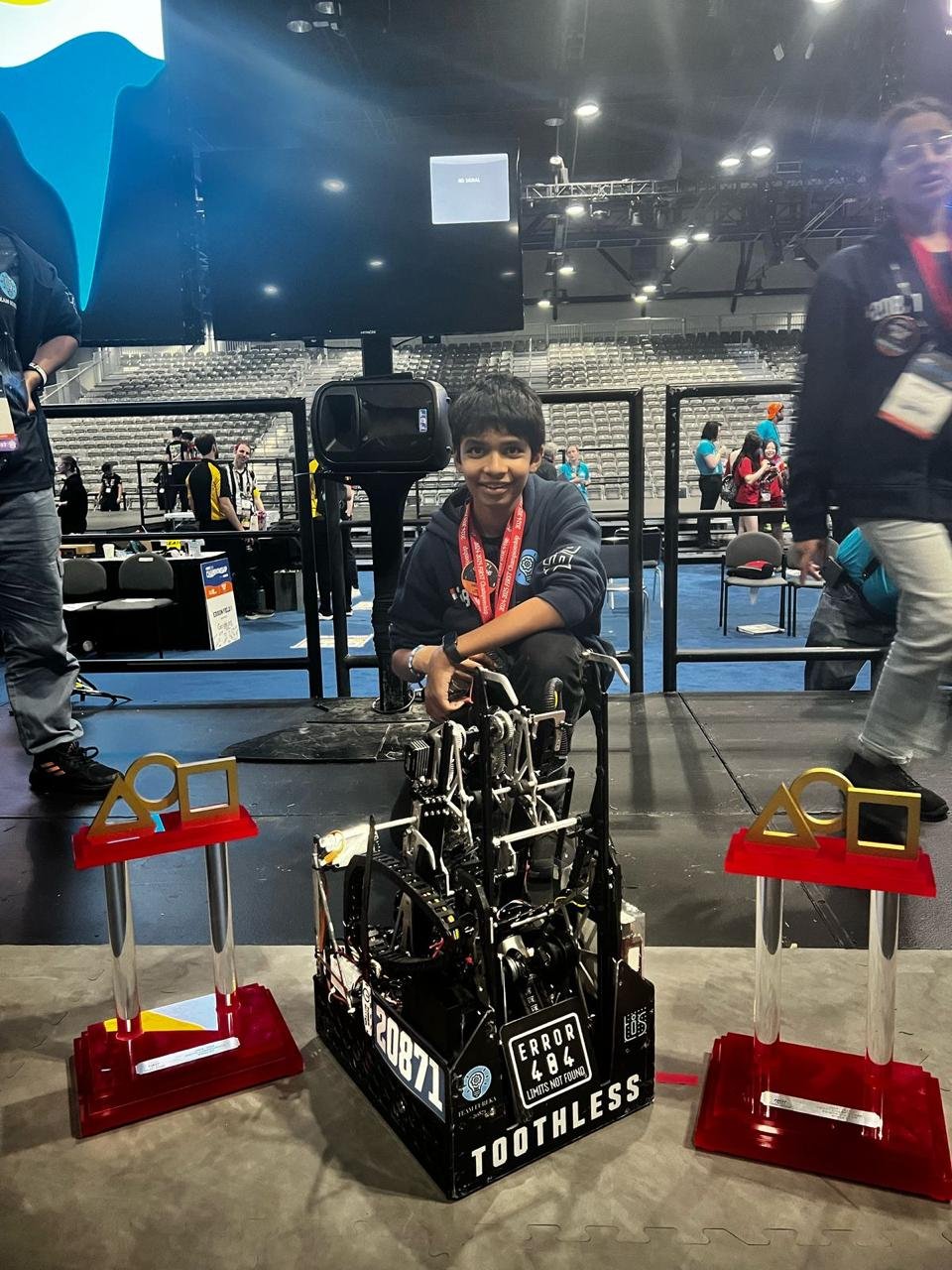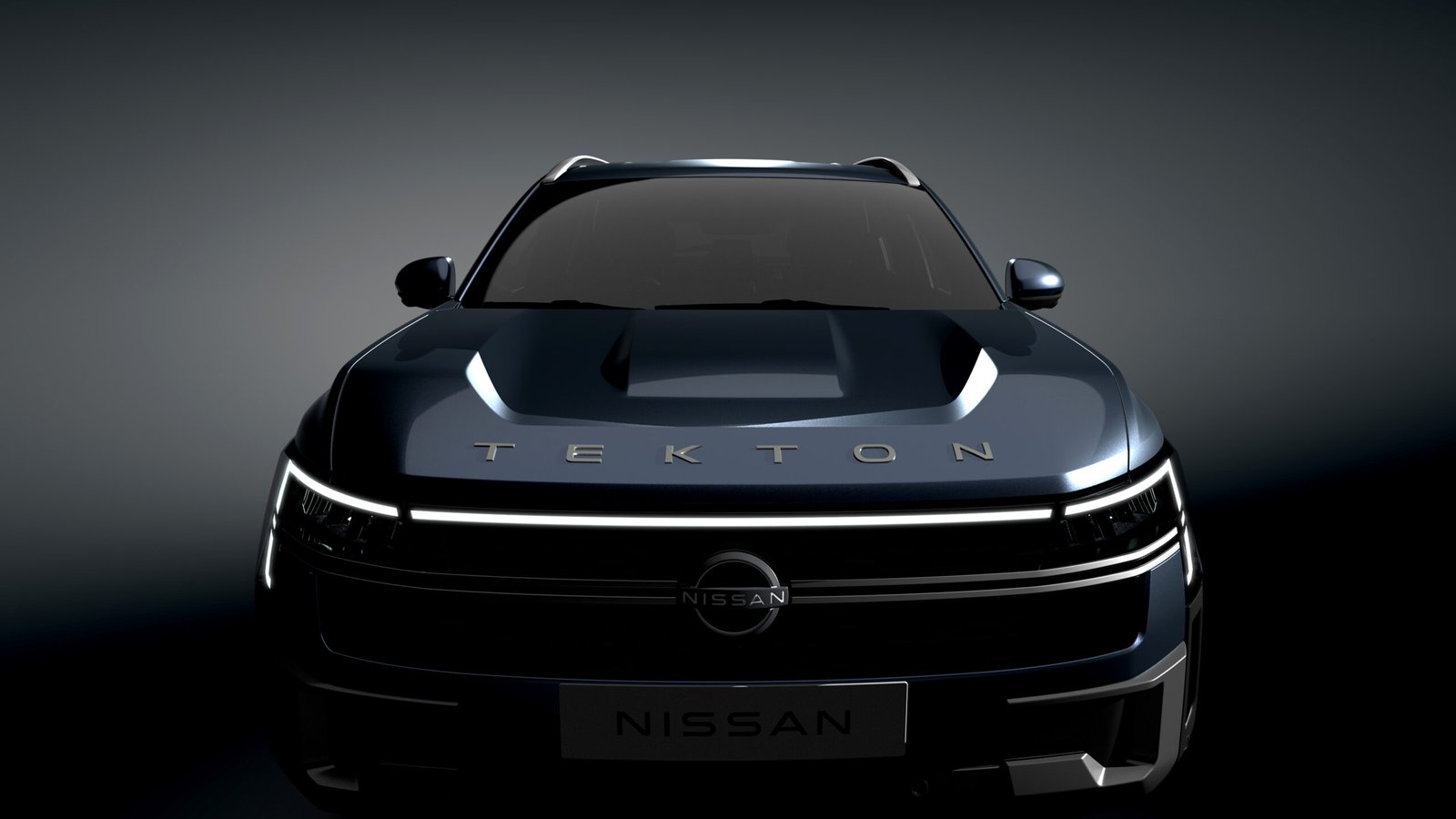Author: Arnav Gupta
Robots that walk on two legs like humans are called humanoid bipedal robots. These machines are no longer just ideas from science fiction, they’re becoming real tools built to help in the modern world. Companies like Tesla and 1X Technologies are creating robots that can move, think, and work in spaces made for humans. These robots are designed to complete dangerous, repetitive, or physically demanding
tasks. Their purpose isn’t to replace humans, but to assist in places where human safety, speed, or stamina can be improved. Using advanced mechanics, artificial intelligence, and smart sensors, humanoid robots are ready to change the world.
What Is the Purpose of a Humanoid Robot?
The main goal of building humanoid robots is to help humans with risky or exhausting jobs. Since most workplaces are designed for humans, humanoid robots are capable of completing these tasks safely and efficiently.
These robots are meant to:
● Help in dangerous situations like fires or toxic areas
● Handle important tasks without mistakes
● Learn new tasks by watching or being guided by people
● Move freely in human-designed areas like offices, stairs, and homes.
Mechanical Features and Capabilities
A humanoid robot works a lot like the human body, but with mechanical parts. Its movement is possible through motors, gears, and linkages. The robot’s body has multiple degrees of freedom (DoF), which refer to how many ways a joint can move.
Some key features include:
● Bipedal Walking: Two-legged movement allows the robot to climb stairs and balance upright like
a person.
● Degrees of Freedom: Most humanoid robots have 28 to 32 DoF, with joints in the arms, legs,
neck, waist, and fingers to perform human tasks.
● Actuators and Motors: These act like muscles. They control the bending and rotation of joints for
precise movement.
● Grippers: Advanced robots have multifingered grippers with sensors, allowing them to pick up
delicate or heavy objects.
● Sensors: Cameras, LiDAR, touch sensors, force sensors, and gyroscopes help the robot see,
balance, and respond to its surroundings.
● Onboard AI Systems: These help the robot learn, make decisions, and adapt to new tasks.
● Battery and Power: Most robots use lithium-ion battery packs that last several hours and can be
swapped or recharged easily.
How These Robots Can Work in Real Life
Humanoid robots are built to work wherever humans do. For example, in a warehouse, a robot can move boxes from one place to another. In hospitals, it could deliver medicine. In disaster zones, it could search for survivors. Their bodies allow them to hold and use tools, climb ladders, open doors, and handle objects.
The robot’s sensors collect information about its surroundings. The AI processes this data and sends signals to the linkages and motors. Over time, robots can also learn from their mistakes, making them more efficient at tasks. Robots can be controlled remotely, programmed manually, or taught using imitation/machine learning, where a human demonstrates an action, and the robot repeats and practices it.
20 Hazardous Jobs Robots Can Take Over Here are 20 dangerous jobs that humanoid robots could handle, along with how they would help:
1. Firefighting
Robots can walk into burning buildings to locate people or extinguish flames, reducing danger to firefighters.
2. Bomb Disposal
They can safely approach and defuse explosive devices using precision tools and remote control systems.
3. Mining
In narrow and unstable tunnels, robots can operate drilling machines and carry materials, avoiding human death.
4. Nuclear Plant Maintenance
In high-radiation zones, robots can replace human technicians to inspect, repair, or monitor critical systems.
5. DeepSea Welding
Underwater robots can weld pipelines and structures in high-pressure environments where divers can’t stay long.
6. Oil Rig Work
Robots can handle valves, maintenance, and inspections on offshore oil platforms in rough weather conditions.
7. Space Station Maintenance
Robots can perform exterior repairs in space, reducing the number of risky spacewalks needed by
astronauts.
8. High-Voltage Electrical Repairs
These robots can work on live power lines, handling dangerous electrical systems with minimal
human risk.
9. Construction in Hazard Zones
In areas dangerous and toxic, robots can lift materials, operate tools, and perform basic building
tasks.
10. Industrial Cleaning in Chemical Factories
Robots can clean tanks or machinery exposed to acids or harmful chemicals, protecting human
workers.
11. Garbage Sorting in Recycling Plants
They can separate sharp, toxic, or biological waste from recyclables without exposure to germs
or injury.
12. Logging in Remote Forests
Robots can cut trees, haul logs, and operate in muddy or steep terrains where human injuries are
common.
13. Tunnel Excavation
Robots can dig or support tunnel construction under mountains or cities where caveins are a risk.
14. Disaster Search and Rescue
In collapsed buildings or flooded zones, robots can look for survivors and carry supplies without
being harmed.
15. Pest Control in Infected Areas
Robots can spray chemicals or remove nests in areas with biohazards or disease risk.
16. Ice Road Trucking in Extreme Weather
Robots could one day drive supply trucks on icy or remote roads without risking lives.
17. Hazardous Waste Disposal
In landfills or nuclear dump sites, robots can sort and seal toxic materials for longterm safety.
18. Skyscraper Window Cleaning
Robots with suction pads and arms can clean windows at high altitudes, eliminating fall risk.
19. Working in Extreme Heat (e.g., Steel Plants)
Robots can lift metal parts and operate near furnaces without overheating or collapsing.
20. Contaminated Lab or Hospital Cleaning.
They can disinfect COVID zones, isolation wards, or bio labs safely and thoroughly.
Tesla Optimus
Tesla’s Optimus robot is a general-purpose humanoid robot designed to do physical tasks usually handled by people. It is about 5 feet 8 inches tall, weighs 56 kilograms, and can lift 20 kg. It has 28 degrees of freedom and is powered by Tesla’s Full Self-Driving computer and AI software. Optimus is designed to carry tools, pick up boxes, and walk around factory floors. Eventually, Elon Musk hopes it will also help with housework, elderly care, and everyday tasks. Tesla is working to make it affordable enough to be as common as a car. They plan to release it in India soon.
Sam Altman and 1X Technologies
Sam Altman, who cofounded OpenAI, is investing in humanoid robots through 1X Technologies. Their robot, called EVE, is being designed to safely interact with people and perform general tasks. EVE learns through a mix of remote control and AI. At first, a human operator controls it, and the robot gradually learns to repeat tasks on its own. It is being tested in warehouses and homes. The goal is to make robots that are useful, safe, and trusted by the people working around them.
Conclusion
Humanoid bipedal robots are going to be a major part of our future. They are not just cool machines—they are useful and intelligent. With their abilities, they can make dangerous jobs safer, fill labour gaps, and work alongside humans in many industries. As technology improves, these robots will become more capable and more common. Using these robots, we can design a safer future where robots help us work better and faster.











